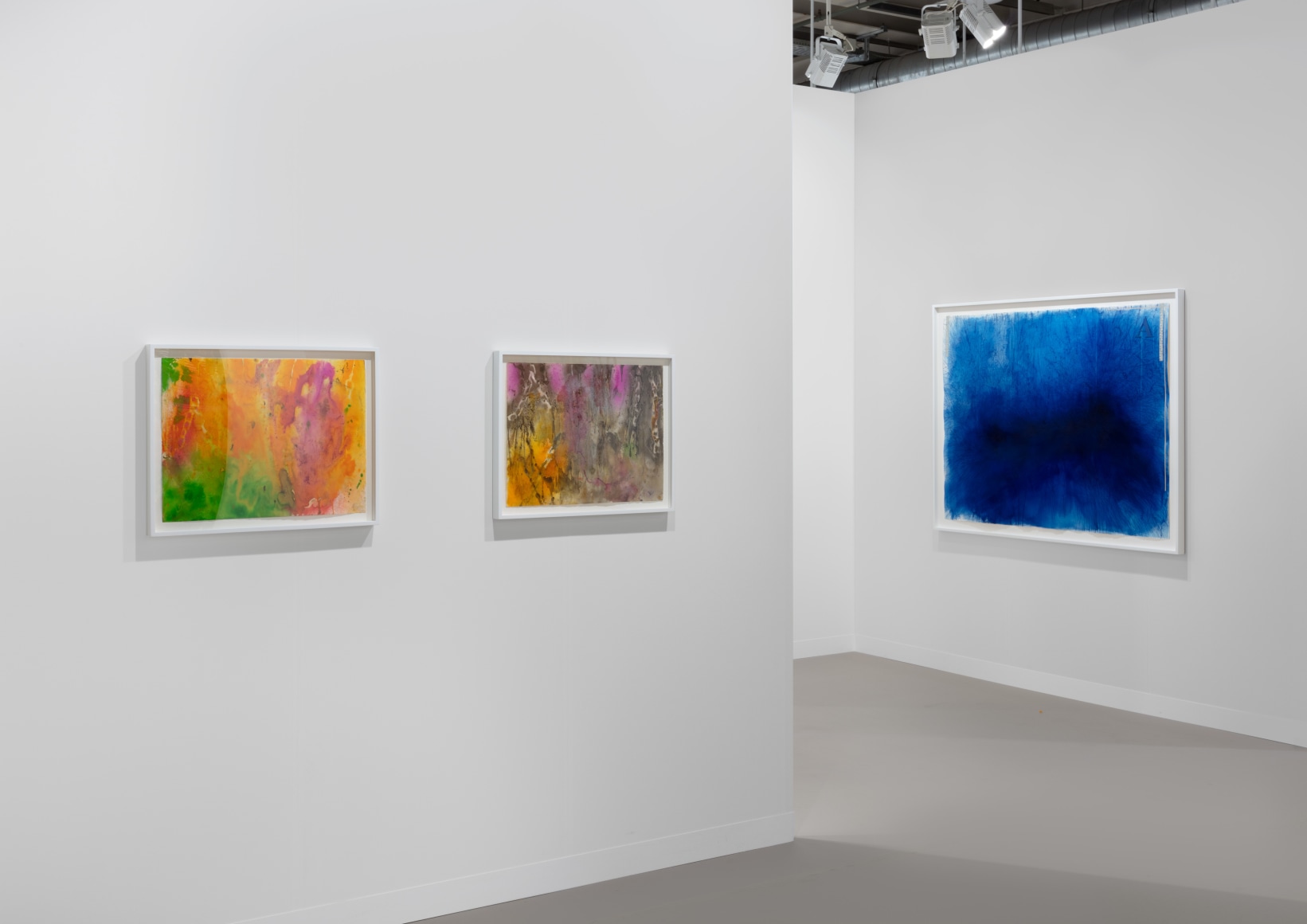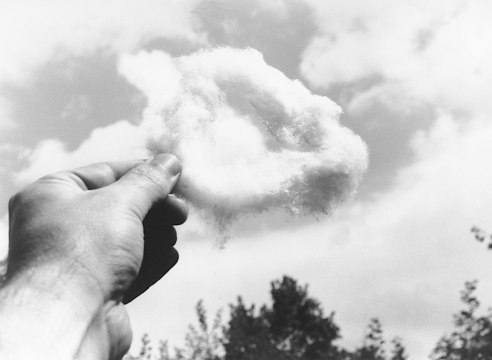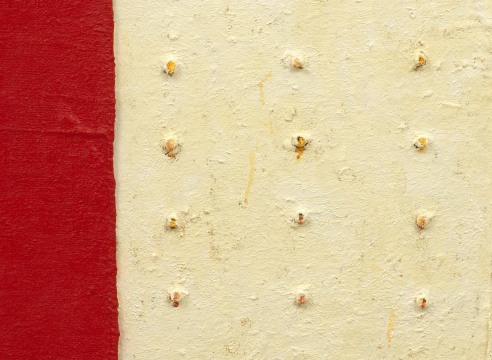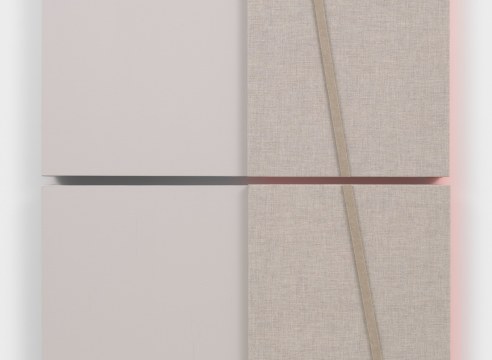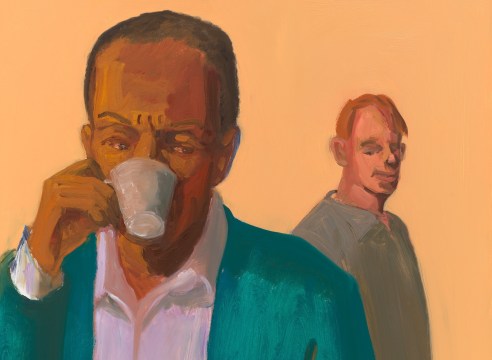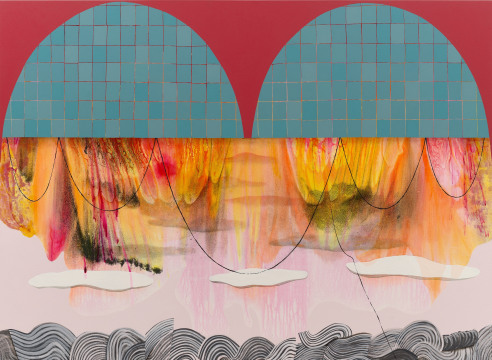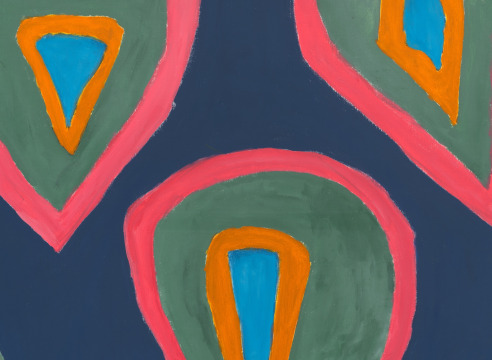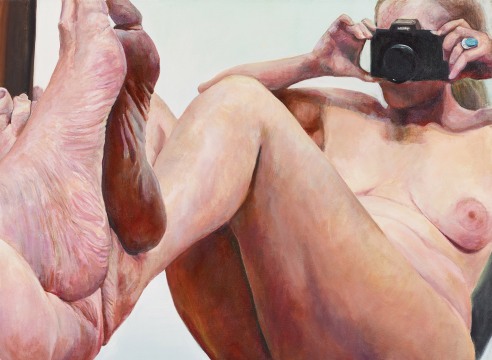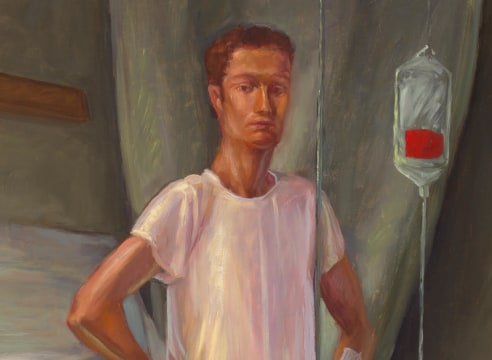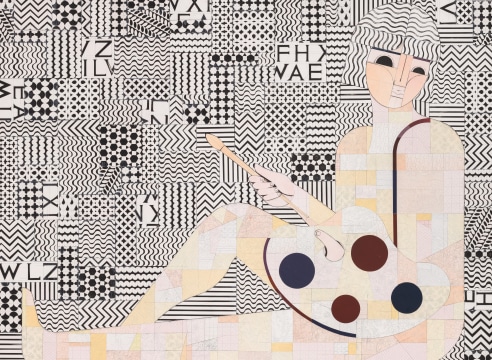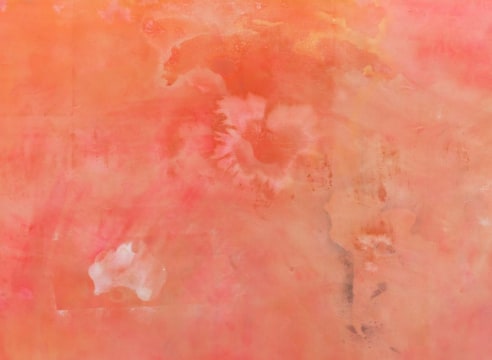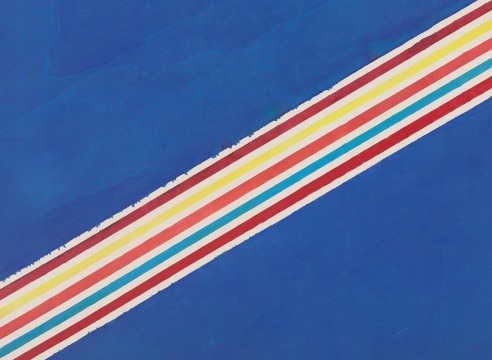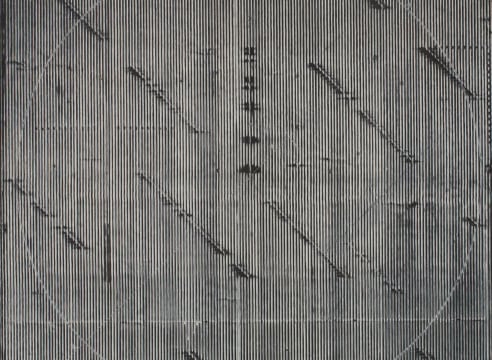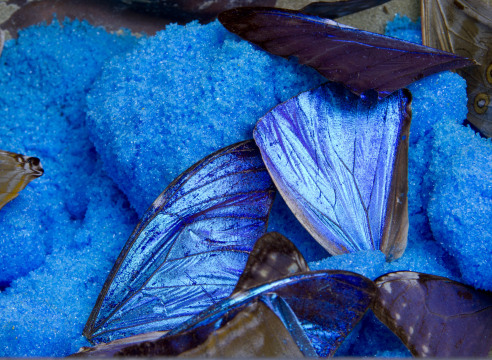
Art Basel 2024
Booth P14 | Messe Basel, Messeplatz 10, 4058 Basel, Switzerland
Preview (invitation-only): June 11–12, 2024
Public Days: June 13–16, 2024
Alexander Gray Associates presents recent and historical works by Frank Bowling, Ricardo Brey, Luis Camnitzer, Melvin Edwards, Sam Gilliam, Harmony Hammond, Jennie C. Jones, Steve Locke, Carrie Moyer, Betty Parsons, Joan Semmel, Hugh Steers, Ruby Sky Stiler, and Jack Whitten. Featuring painting, sculpture, and works on paper, the Gallery’s presentation highlights these artists’ innovation within established modes of artistic production. Encompassing figuration and abstraction, the works on view actively negotiate histories of representation—breaking conceptual, formal, and material ground.
Several of these artists have galvanized global artistic currents from the 1960s to the present. For over five decades, Frank Bowling has interwoven autobiographical elements and abstraction, politicizing the tenets of Color Field Painting. Using the continent of Africa as a compositional device, Bowling’s Sketch for Le Roi Jones (1969) articulates the connection between postcoloniality and reconsiderations of modernity. Similarly improvisational yet studied, Melvin Edwards’s sculptures are “always experiments.” Edwards elaborates, “I like the term ‘expression.’ Because that I know comes from me. I can be aware of the expressions of others. But I have to create my own expression.” Melding expressivity into a formal language that engages with the history of modernist sculpture, Edwards’s Sky's the Light (1981) explores the poetic potential of steel, his primary material of the past sixty years.
Likewise, Luis Camnitzer’s conceptual practice is distinguished by his dedication to the elusive materiality of his primary medium: language. The 1970s marked a pivotal moment in Camnitzer’s artistic development as he progressed from printmaking to focus on three-dimensional works. When the artist began to construct Object Boxes (1973–80), such as Archetype: Symbol: Stereotype: Lonely Sea Gull Against the Afternoon Sky. (1972/2024), he deployed the malleability of language with the conviction that creative self-expression constitutes a revolutionary act.
Contradistinct to this conceptual dissection of verbal expression, both Betty Parsons and Ricardo Brey champion bold approaches to pigment and landscape. Influenced by the spontaneity and verve of the New York School and the expressive brushwork of Color Field Painting, Parson’s canvases like Red Eminence (1955) capture what the artist called the “sheer energy” and “the new spirit” of the natural world. By the same token, Brey’s commitment to color—evinced in his ongoing series of all-blue works—underscores the fact that, per the artist, “We are part of the universe … the sky was blue before us and after us.” Works such as Grass Bed (2023) intertwine the history of the monochrome with landscape, synthesizing divisions between abstraction and representation.
Similarly invested in the juxtaposition of form and content, Harmony Hammond and Ruby Sky Stiler approach traditions of painting through feminist and queer conversations rooted in process and craft. Featuring sculptural surfaces composed of grommets, straps, and layers of oil paint, Hammond’s near monochromes like Gee (2013) invite narratives around materiality while questioning divisions between mediums. Using the surface of the canvas as both a flat and three-dimensional space, Stiler’s recent relief paintings such as Seated Woman (2024)also defy categorization—as well as gendered biases.
In parallel, Carrie Moyer’s history of social activism informs her approach to painting, as playful compositions like Spider Swag (2018) marry the graphic flatness of her 1990s agitprop posters with painterly sensuality. Incorporating glitter as a material gesture toward queerness, Moyer’s paintings simultaneously engage with art history, optical pleasure, and feminist ideologies.
Grounded in the same set of socio-political concerns, Steve Locke and Joan Semmel turn toward figuration. Locke’s intimate paintings speak to themes of male desire, vulnerability, and sexuality. Capturing intimate moments between men, the artist’s two untitled cruisers paintings (both 2002) emerge as meditations on the gaze, mapping the relationship between identity and desire. Since the 1970s, Semmel has likewise meditated on the power of the observer. She transforms her point of view from that of a viewer outside of the canvas, to that of both an observer and subject. Rendered in a near realist style, Semmel recalls that portraits like Hot Sand (1985) "combined realist and painterly methods insisting that a unified style was not preordained.”
The work of Hugh Steers analogously employs both realism and painterly deviation to different ends. Steers’s ambiguous images, such as Two Chairs (1993), are simultaneously imbued with banality and drama. Constructing open-ended narratives of isolation, survival, illness, and sexuality, Steers’s scenes capture the psychic reality of queer men navigating a world indelibly marked by the AIDS crisis.
Cumulatively, the Gallery’s presentation traces formal and conceptual paradigm shifts that manifest in alternate approaches to abstraction, materiality, and representation. The works on view underscore the interrelation of formal innovation and cultural conditions, exemplifying Camnitzer’s assertion that “personally, I would prefer looking around the work of art to find out what conditions generated its existence.”










